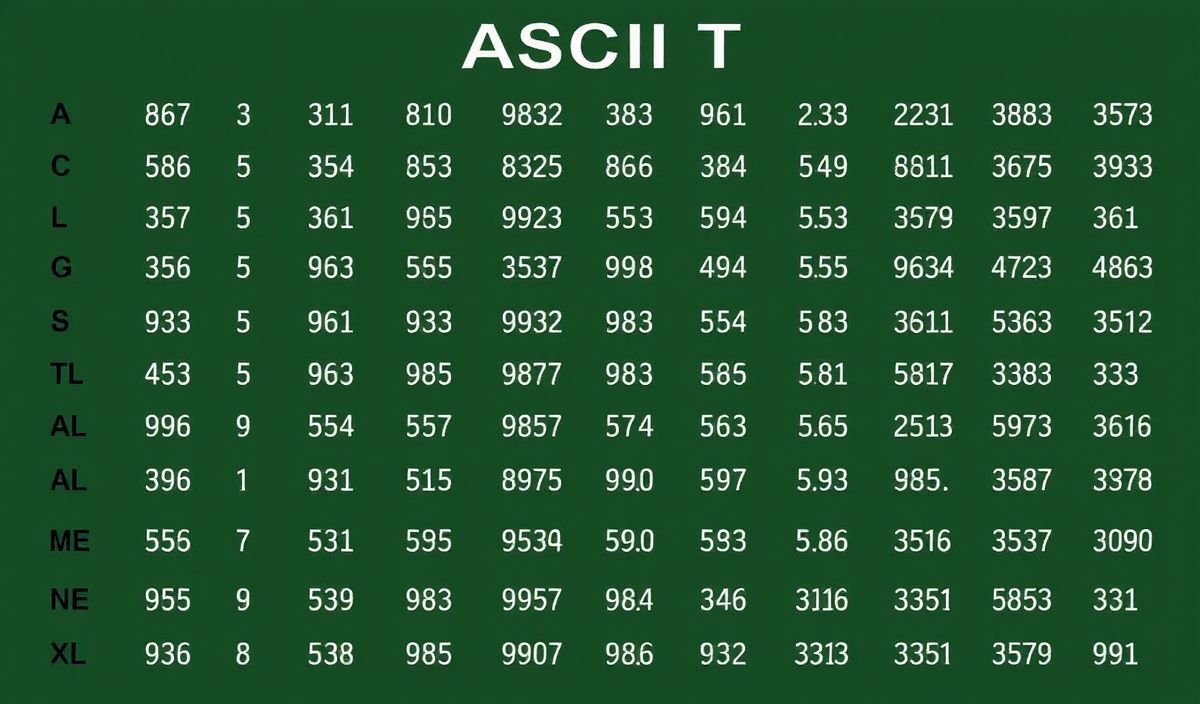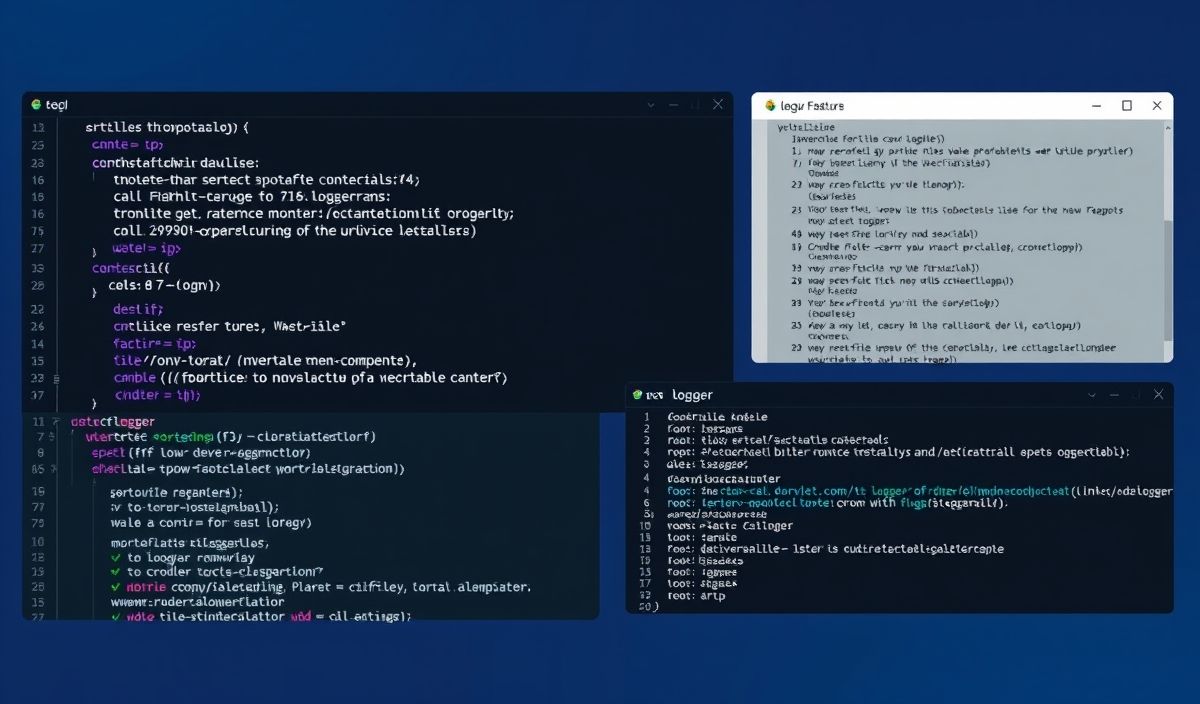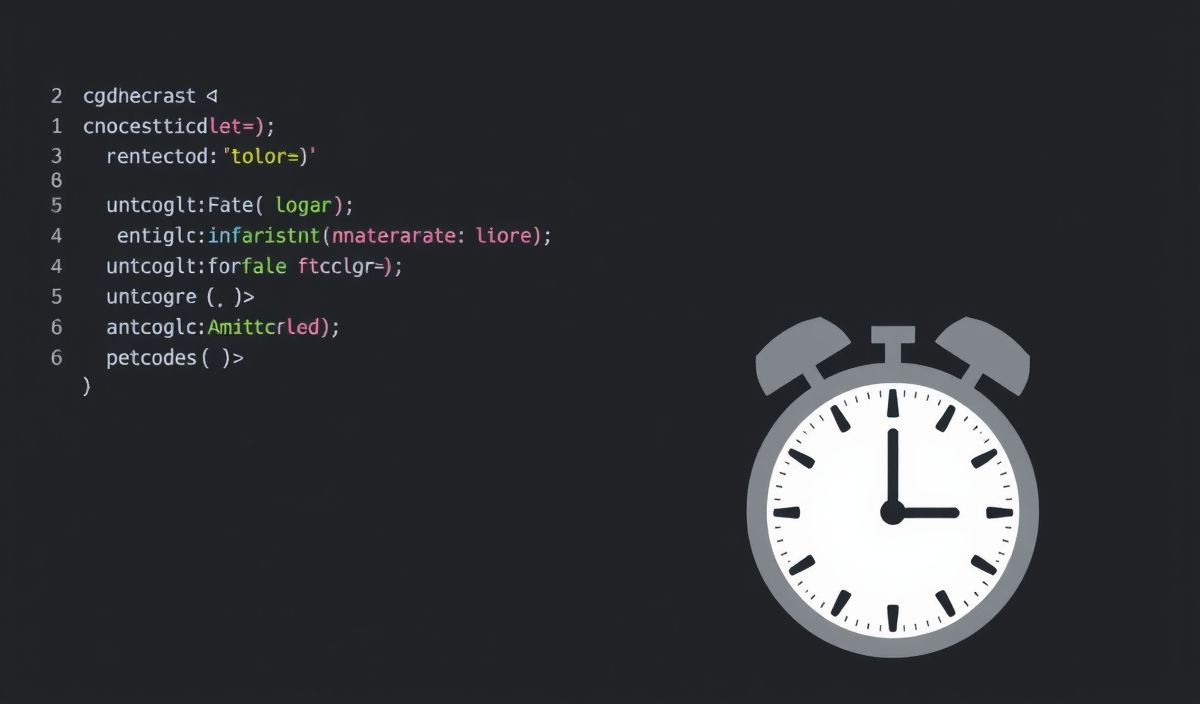Introduction to ASCII Table
The ASCII (American Standard Code for Information Interchange) table is a character encoding standard used in computers and other devices that use text. It defines 128 characters, from 0 to 127, which include letters, numerals, punctuation marks, and control characters.
Useful ASCII Table API Examples
Below are various API functions and their code snippets for working with the ASCII table:
1. Convert Character to ASCII Code
Get the numeric ASCII code for a character:
def char_to_ascii(c):
return ord(c)
print(char_to_ascii('A')) # Output: 652. Convert ASCII Code to Character
Get the character representation of an ASCII code:
def ascii_to_char(code):
return chr(code)
print(ascii_to_char(65)) # Output: 'A'3. Check if a Character is Printable
Determine if a character can be printed:
def is_printable(c):
return c in set(chr(i) for i in range(32, 127))
print(is_printable('A')) # Output: True print(is_printable('\n')) # Output: False4. Get Hexadecimal Value of an ASCII Code
Convert an ASCII code to its hexadecimal value:
def ascii_to_hex(code):
return hex(code)
print(ascii_to_hex(65)) # Output: '0x41'5. Get Binary Value of an ASCII Code
Convert an ASCII code to its binary value:
def ascii_to_bin(code):
return bin(code)
print(ascii_to_bin(65)) # Output: '0b1000001'Sample Application Using ASCII Table APIs
Here’s a small application demonstrating the use of the above API functions:
def main():
string = "Hello, World!"
print("Original string:", string)
# Convert string to ASCII codes
ascii_codes = [char_to_ascii(c) for c in string]
print("ASCII codes:", ascii_codes)
# Convert ASCII codes to binary values
binary_values = [ascii_to_bin(code) for code in ascii_codes]
print("Binary values:", binary_values)
# Convert ASCII codes back to characters
chars = [ascii_to_char(code) for code in ascii_codes]
reconstructed_string = ''.join(chars)
print("Reconstructed string:", reconstructed_string)
if __name__ == "__main__":
main()This application takes an input string, converts each character to its ASCII code, then to its binary representation, and finally reconstructs the original string.
Hash: 1789875865deb07c3678b62add517ead6598210d194fb43a97771853c4f317de




